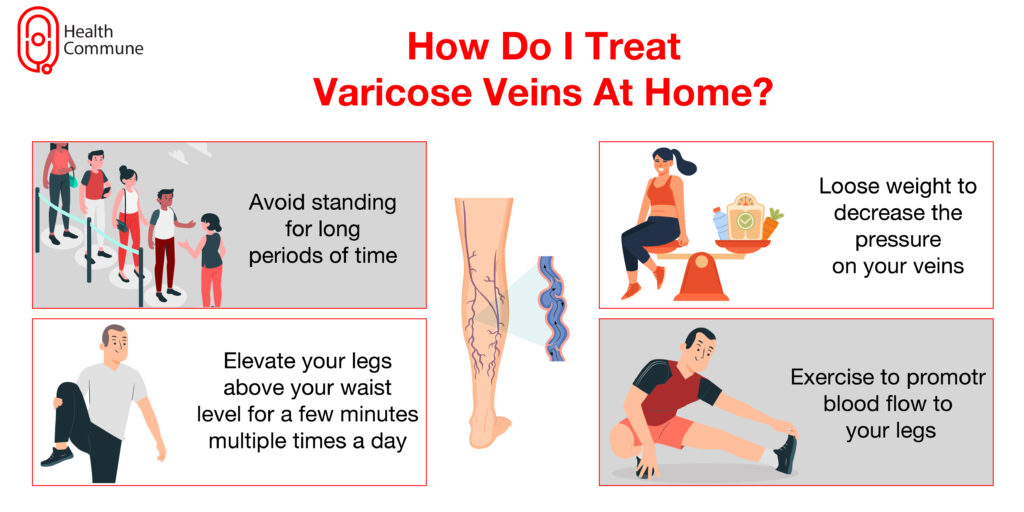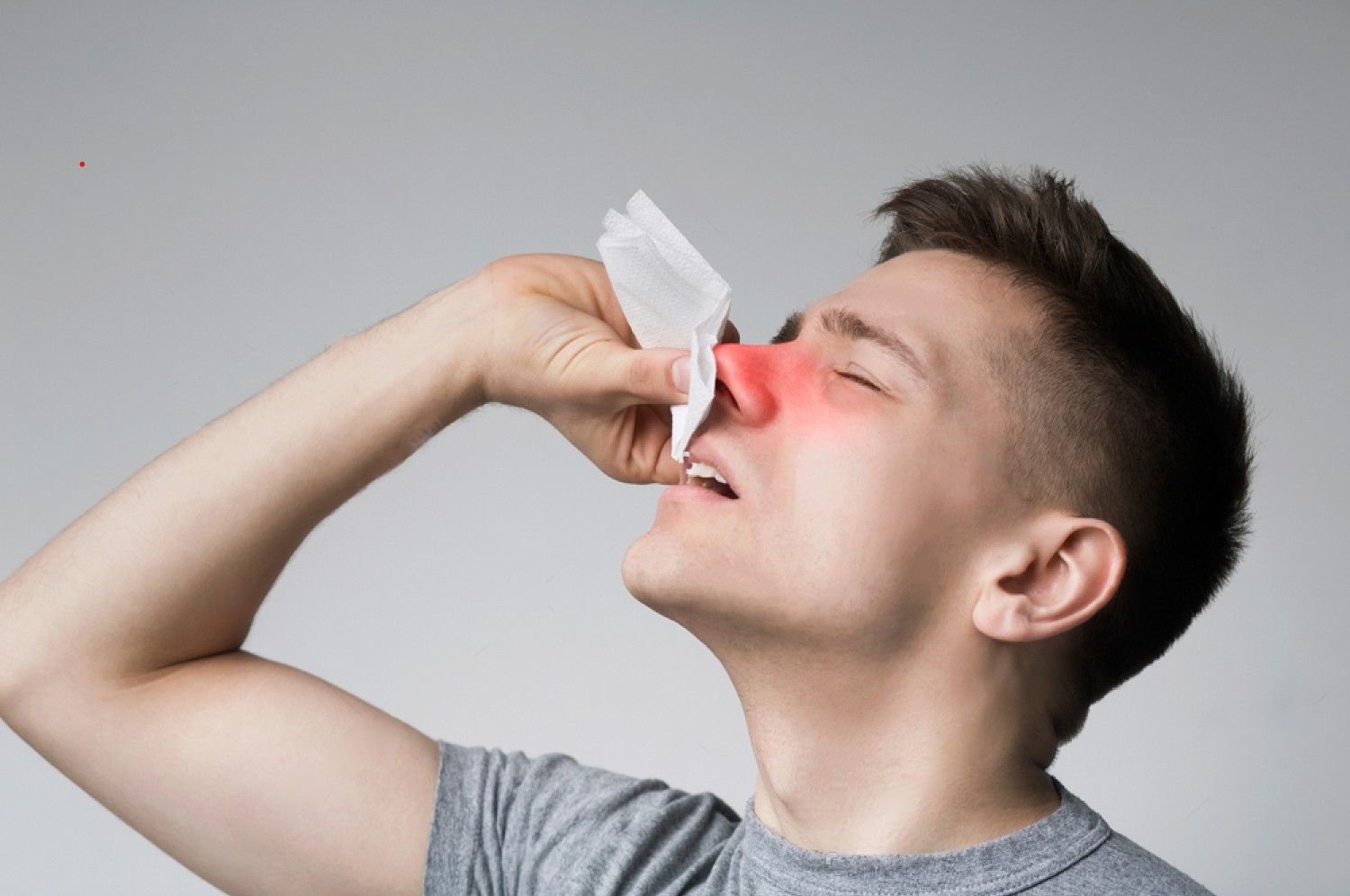Varicose veins are not just a superficial problem. Learn more about their causes, risk factors, symptoms, treatment and prevention here.
What are varicose veins?
Varicose veins are twisted, enlarged veins seen just below the surface of your skin. They can occur anywhere in your body, but are most commonly seen in the legs and ankles. They affect roughly 5% of the Indian population.
How are varicose veins caused?
They are caused due to weakening of the valves in your veins. Normally, veins have one-way valves that allow blood to flow from the legs towards the heart. If these valves are not working properly, blood tends to pool up in the legs and builds pressure in the veins, causing them to enlarge and bulge.
Am I at risk of developing varicose veins?
Some risk factors include:
- Age: Your risk increases with age due to loss of elasticity in the veins
- Sex: Women are more inclined to develop this condition due to hormonal changes that accompany menstruation, pregnancy, and menopause
- Genes: Your chances of developing varicose veins increase if any of your family members or relatives suffer from the same condition
- Obesity: Increased body mass puts greater pressure on the veins
- Prolonged standing: This can lead to decreased circulation
- Pregnancy: Changes during pregnancy can put greater pressure on your veins and also cause them to weaken and swell up. These usually go away on their own, approximately 3-12 months after delivery
What are the symptoms of varicose veins?
Varicose veins don’t cause any problems in the majority of people. They appear like bluish, cord-like, twisted, or bulging veins under the skin. In the case of symptoms, you may experience:
- Pain and swelling in your legs
- Heaviness and tiredness in your legs
- Itching and skin changes
- Pain that intensifies after prolonged periods of standing or sitting
Do I need to see a doctor for varicose veins?
If you are worried or self-conscious about how your veins look, you can consult your doctor. Seek a doctor immediately if you have:
- Skin ulcers or sores in your legs or ankles
- Blood clots
- Ruptured veins
- Excessive pain, tenderness or swelling in your legs or feet
How are varicose veins diagnosed?
Your doctor will ask you about your symptoms and look at your legs and feet to check for any tenderness, swelling, skin changes, ulcers, or sores.
They may also recommend a venous doppler ultrasound of the leg. This is a non-invasive test to check the blood flow in your veins and to detect any clots or abnormalities in your valves.

How can I treat varicose veins at home?
You can follow certain self-care measures, such as:
- Avoid standing for long periods of time
- Elevate your legs above your waist level for a few minutes multiple times a day
- Exercise to promote blood flow to your legs
- Lose weight to decrease the pressure on your veins
What should I do if my self-care measures are not working?
If these lifestyle modifications are not helping you, your doctor may recommend:
- Compression stockings: These exert steady pressure on your legs and promote more efficient blood flow
- Sclerotherapy: Your doctor inserts a chemical (sclerosant) into the vein, which damages and scars the inner lining of the vein and causes it to close. This is done for smaller veins
- Laser therapy: Also done for smaller veins, in this your doctor uses high-intensity light to close off the vein
- Catheter-assisted procedures: Your doctor inserts a thin tube (catheter) into the affected vein and heats its tip. As they pull the tube out, the heat destroys the vein and causes it to collapse and seal shut. This is usually carried out in the case of larger veins
- Ambulatory phlebectomy: Your doctor makes multiple tiny punctures in the skin and removes the vein
- Vein stripping and ligation: This is done for more advanced cases. Your doctor removes a long vein through small incisions. It’s important to note that removing the vein doesn’t affect blood circulation since the deep veins will take care of it
- Endoscopic vein surgery: Also reserved for advanced cases, in this procedure your doctor inserts a small tube with a video camera into your leg to visualise and close the varicose veins, and then removes them through small incisions
What should I do after my surgery?
You may experience some side effects after the procedure, such as pain, swelling, and skin changes.
- Wound care: Follow your doctor’s advice on wound care
- Stockings: Wear stockings throughout the day, at least for three weeks post-surgery. You can remove them before taking a shower and going to bed.
- Exercises: Exercise regularly even though you may feel sore. Staying in bed can increase your chances of developing blood clots
- Showering: Remove your stockings while showering. Avoid getting your wound wet and gently dry it instead of vigorously rubbing
- Travel: Avoid long journeys for at least 6-8 weeks post-surgery
- Follow-up: Follow up with your doctor regularly to speed up your recovery and prevent complications
How can I prevent varicose veins?
You can decrease your chances of developing this condition through a variety of lifestyle modifications, like:
- Avoid standing or sitting for too long
- Elevate your legs when sitting or lying down a few times a day
- Be physically active
- Following a fibre-rich and low-sodium diet
- Lose weight to decrease the pressure on your veins
- Avoid wearing tight clothes
- Avoid wearing high heels













